News
Full Recap of Tesla’s 2015 Annual Shareholder Meeting
At the Tesla Annual Shareholder Meeting, chairman Elon Musk touched on a number of subjects, including cars, the GigaFactory, battery storage and space travel.
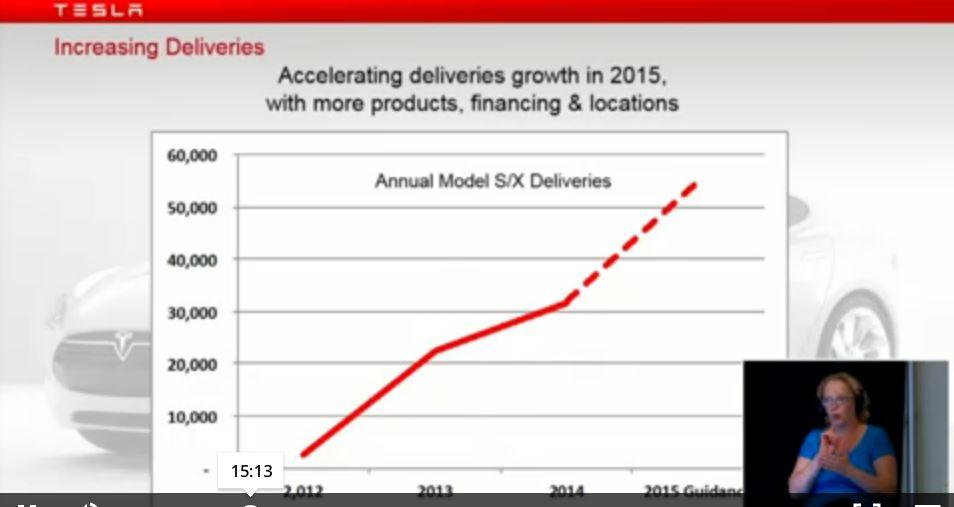
During his remarks at the Tesla annual shareholder meeting on Tuesday, chairman Elon Musk touched on a wide range of topics from the AutoPilot system, the GigaFactory, residential and utility scale grid storage, and life on Mars. Here’s a synopsis.
Car Stuff
Musk told the meeting that he anticipates sales volume will continue to grow 50% per year, on average, for the next several years. The company has opened a new casting and machining center near the Fremont factory. Moving production functions there has opened up room at the factory to install a new assembly line capable of producing 3 times as many cars as the current line. A new paint facility capable of handling up to 500,000 cars a year has also been installed.
The Model X is undergoing final pre-production tweaking and will start production in “3 to 4 months.” In response to a question, Musk said that mounting the battery pack low in the chassis makes the Model X one of the safest SUV’s on the road. He went on to say that, like the Model S, it will achieve some of the highest crash test ratings of any car on the road.
“[I]t’s turning out to be a really great car. I think the Model X may arguably be a better SUV than the Model S is as a sedan. We want to make sure obviously that some of the key features of the Model X, particularly the Falcon Wing door and the way the second row seats are done …is…just right, and provide true functionality and true value improvements versus just sort of feeling gimmicky. It’s got to be a genuine improvement in utility and aesthetics, so getting those final nuances right for the Model X is what we’re focused on right now.”
When asked about the affordable mass-market Model 3, he said it would be available only with a single motor at first to keep costs down but would be offered in a dual motor version as well.
He did have exciting news about the Supercharger network. The company is fitting solar panels to as many Supercharger locations as possible. He assured the audience that those that could not be converted to solar power would soon get their electricity only from renewable power sources.
Musk also said the company has created a new liquid cooled charging cord that is significantly thinner and more flexible than the one used now. Not only does liquid cooling make the cable more elegant, it will permit the use of higher powered Supercharger facilities in the future.
He emphasized that the system will continue to expand in North America and other countries to permit Tesla owners to enjoy free long distance driving for life. He did say that owners who use Superchargers for all their daily charging can expect to receive a “note” from the company.
With regard to the AutoPilot suite of autonomous driving features, Musk indicated that the company is busy testing and upgrading the system. “We’re making gradual progress towards what I’d say is a releasable bit of software. But it is quite a tricky thing and we want to make sure that our testing is exhaustive before we release the software. But if we keep making progress, I think we may be able to get it out to all the access customers which is sort of our public beta program around the end of this month.”
Full implementation is not expected for about 3 years, with a lot depending on how regulators in the US and abroad react to it. He said that the system at this point is intended to function like the auto pilot in airplanes — there to help but not to allow drivers to sleep through their journey to arrive alert and refreshed at their destination…..yet.
Musk admitted that interest in battery swapping was far lower than expected. He indicated that the company is focusing more on improving Supercharger performance and less on building battery swap locations.
Tesla PowerWall
One of the biggest announcements of the day concerns the Tesla PowerWall. Some critics have chirped that the units introduced to great fanfare in April were too small to be worth the cost. “I am very happy to announce that we’ve dramatically increased the power capability of the Powerwall. So it’s actually going to go from having 2 kilowatts steady, 3.3 kilowatt peak to a 7 kilowatt power, 5 kilowatt steady, price is unchanged. So, it basically more than doubled the power output of the Powerpack and the price is going to stay the same.”
The company will prioritize deliveries to people who already have a residential solar system or who are installing one. Why? Because an inverter will be already included in their system, meaning adding a PowerWall will cost only about $3,500 for the unit and about $500 for installation. That’s huge.
But even with that announcement, Musk admitted that the PowerWall may not make economic sense for most customers in the US because the differences between the cost of electricity during a 24 hour period are usually not large enough for there to be a pay back on the cost of the system in a reasonable period of time. He cites Germany, Australia and Hawaii as markets where the PowerWall makes more economic sense.
The company focus is on grid scale storage, which it expects will account for 80% of its stationary battery business. “That’s where the economics are very compelling because there is an important difference between price and cost. The cost to the utilities of between day and night is quite substantial because the power usage is often sort of 2:1 at least if not greater than 2:1, sometimes substantially greater than 2:1 between peak day usage and trough night usage.”
Musk told the audience that utility companies look favorably on using Tesla battery storage units because they are more compact than what competitors offer, so they can fit into the footprint of existing substations without the need to acquire more land and the permitting issues that may create. He says utilities are just like residential customers — they appreciate that the Tesla units are basically “plug and play” ready, with no hassles or headaches.
The GigaFactory
Musk said the GigaFactory was coming along smoothly, with production expected to begin next year with full capacity expected within 3 years. In response to a question from the audience, he responded, “Our focus right now is just making sure that we build the Gigafactory version one correctly and that’s going to be quite a difficult challenge over the next few years. We’ll have the first part of it active next year but then we want to try to get to full production in roughly three years…that’s going to be quite a challenge. And I think once we get to that point we want to figure out where to put Gigafactory Two and Three.”
He says the GigaFactory will have the capacity to build 50 gigawatt-hours of batteries a year. “And that should allow for 500,000 cars to be produced a year plus have 15 gigawatt-hours left over for stationary. The way it’s looking, demand for stationary is higher than expected, so we’re looking at potentially expanding the output capability of the Gigafactory to meet the higher demand for stationary.”
SpaceX
An audience member asked when SpaceX would be going public and Musk responded that a SpaceX IPO was a long way off, primarily because the stock market is focused on quarterly reports and has an attention span limited to 1 to 2 years maximum. He said the timeline for SpaceX was quite a bit beyond that. Then he dropped this bomb:
“I’m trying to build a city on Mars and that ends up sacrificing profitability for a really long time. I think it would be not super loved by the public markets. I’d expect with SpaceX that we will probably go public once we will have a regular flights to Mars.”
The Take Away
One stockholder asked Elon Musk what his goals for the company are. He gave this answer, which may serve as the overarching statement that underlies everything he and his various companies are attempting to accomplish.
“Our goal at Tesla is pretty straight forward; it’s really to accelerate the advent of sustainable energy and particularly sustainable transport. So in order for humanity to have a good future or for life…we have to figure out how to make that future sustainable, meaning not to have crazy amounts of CO2 in the atmosphere and ultimately get into situation of hydrocarbon scarcity, which would be economically disastrous.
“So, that’s what we’re focused on. Our primary goal is to accelerate the advent of sustainable transport and then, with the batteries, help the advent of sustainable energy production.”
Quoted material is courtesy of Seeking Alpha transcription service.

News
Tesla shares Optimus’ improved walk in new update video
The video featured an Optimus robot confidently walking in a humanlike manner.
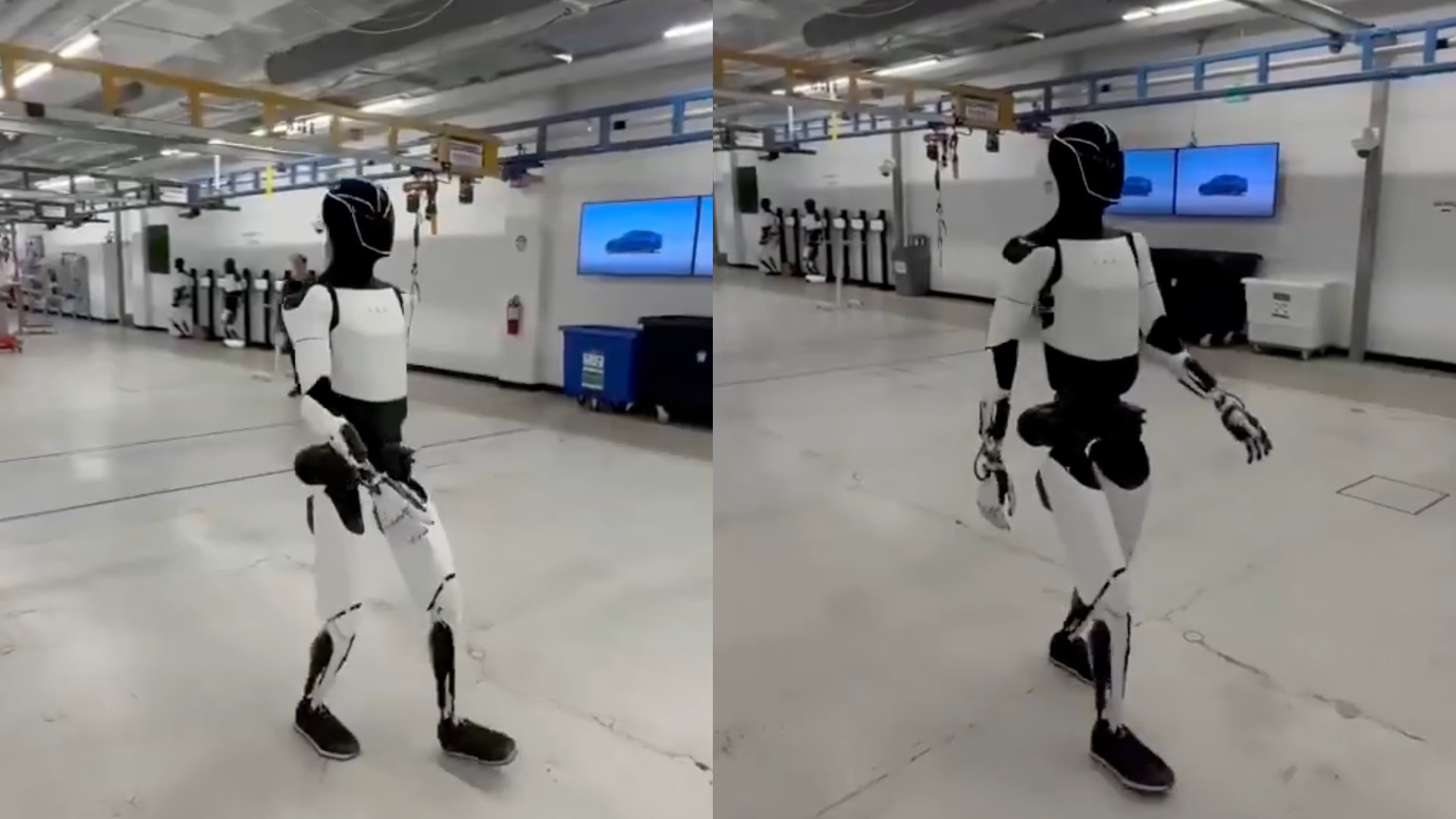
During Tesla’s Q1 2025 All-Hands meeting, CEO Elon Musk stated that the company will attempt to produce its first “legion” of humanoid robots this 2025.
A recent video from Elon Musk suggests that work continues to be underway to refine the humanoid robot before it enters production.
A Better Walk
Tesla’s new Optimus update video was shared on social media platform X by CEO Elon Musk, who described the video with the words, “Accurate actuators accelerate automation.” The video featured an Optimus robot walking confidently, in a manner that is significantly more humanlike than its previous iterations.
A post from Tesla Vice President of Optimus (Tesla Bot) Milan Kovac shared more context about the new video. As per Kovac, the short clip demonstrates the humanoid robot’s latest walk, with “straight knees, smoother heel-to-toe gait, and arms sway.” Kovac also noted that the humanoid robot was “Entirely trained in simulation with RL.”
Optimus’ Quick Progress
Optimus was initially announced in 2021 during Tesla’s AI Day event. At the time, Tesla only had a static model of the humanoid robot, as well as a literal man in a suit. Fast forward to today, and Optimus has already undergone several iterations. Several of its components have also been vastly improved, such as its hands, which is expected to feature 22 degrees of freedom when it enters production.
Tesla seems determined to start production of Optimus quickly. During the Q1 2025 All Hands meeting, CEO Elon Musk stated that the Fremont Factory had produced its first humanoid robot from its Optimus production line. Musk also noted that while Tesla is internally aiming for enough parts to produce 10,000 to 12,000 Optimus robots this year, the company could very well be capable of producing 5,000 units of the humanoid robot this 2025.
“So this year, we hopefully will be able to make about 5,000 Optimus robots. We’re technically aiming for enough parts to make 10,000, maybe 12,000, but since it’s a totally new product with a totally new, like everything is totally new, I’ll say we’re succeeding if we get to half go the 10,000. But even 5,000 robots, that’s the size of a Roman legion, FYI,” Musk stated.
Investor's Corner
Tesla (TSLA) shares date for “Company Update” and Q1 2025 earnings call
Tesla seems to be planning something slightly different for the upcoming event.
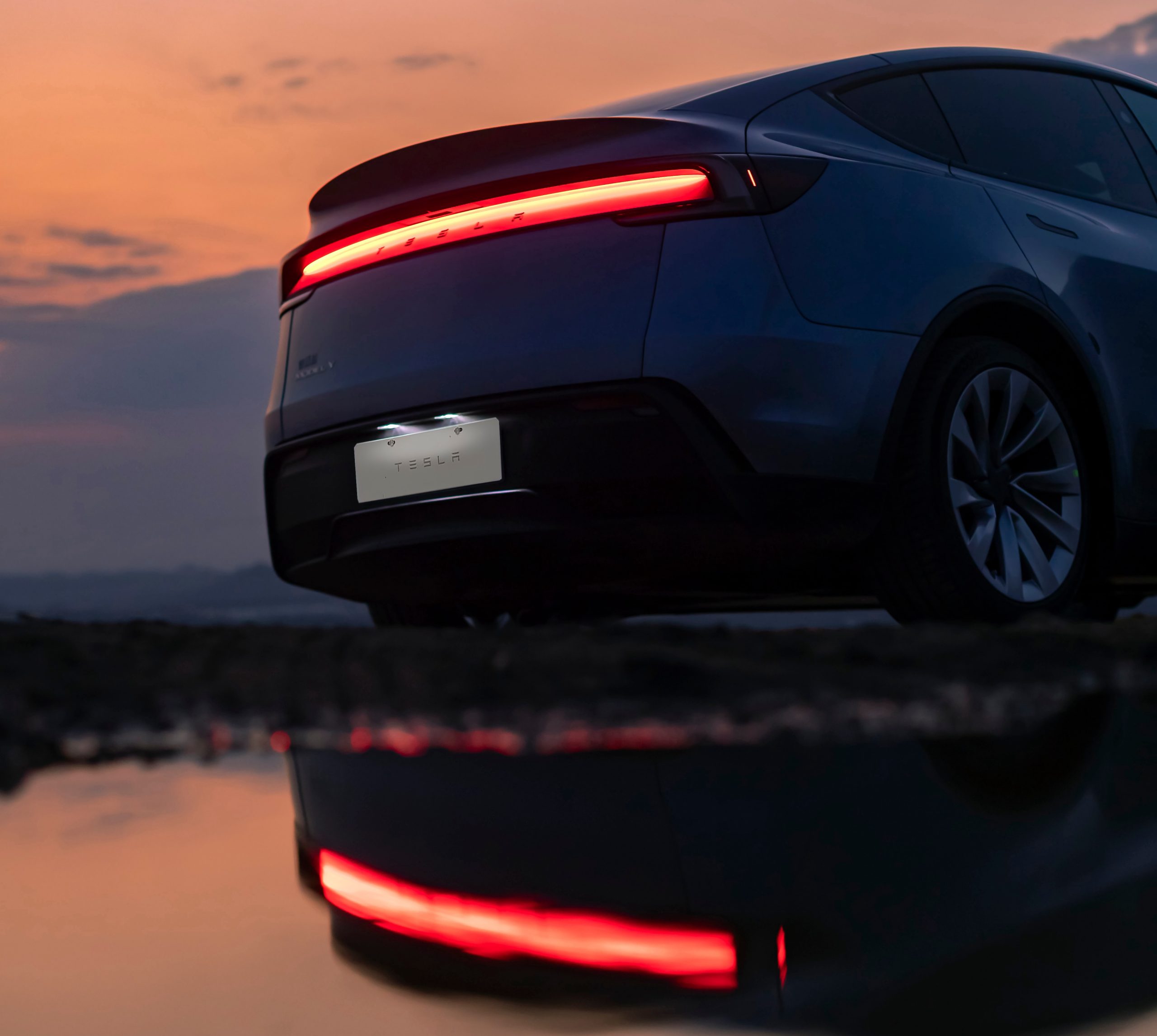
Tesla (NASDAQ:TSLA) has announced the date for its upcoming first quarter 2025 earnings call.
Interestingly enough, the company seems to be planning something slightly different for the upcoming event.
Tesla Q1 2025 Earnings Call Date
As shared by Tesla in its Q1 2025 vehicle production and delivery report, the company would be holding its first-quarter earnings call on Tuesday, April 22, 2025, at 4:30 p.m. Central Time / 5:30 p.m. Eastern Time. Similar to past earnings calls, the event will be livestreamed. An archived version of the session would also be shared on the company’s website.
Prior to the earnings call, Tesla will be releasing its Q1 2025 Update Letter. The Q1 2025 Update Letter will be released after markets close on April 22.
A Company Update
Tesla enthusiasts and TSLA bulls have observed that the electric vehicle maker adjusted its wording a bit in its Q1 2025 vehicle delivery and production report. As could be seen in the release, Tesla noted that it would also be holding a “Company Update” on April 22. This is the first time that such an event has been referenced by the electric vehicle maker with its quarterly earnings call.
“In addition to posting first quarter results, Tesla management will hold a live company update and question and answer webcast that day,” Tesla wrote in its Q1 2025 vehicle delivery and production report. Tesla also referenced a “Company Update” in a post on its official X account.
Expectations are high that Tesla will discuss some of its highly anticipated projects during its Company Update. These may include, among other things, new affordable vehicles that were mentioned in the Q4 and Full Year 2024 Update Letter.
“Plans for new vehicles, including more affordable models, remain on track for start of production in the first half of 2025. These vehicles will utilize aspects of the next generation platform as well as aspects of our current platforms and will be produced on the same manufacturing lines as our current vehicle line-up,” Tesla wrote.
News
Tesla China sees 156% month-over-month sales increase in March
Tesla China’s results in March were shared by the China Passenger Car Association (CPCA).
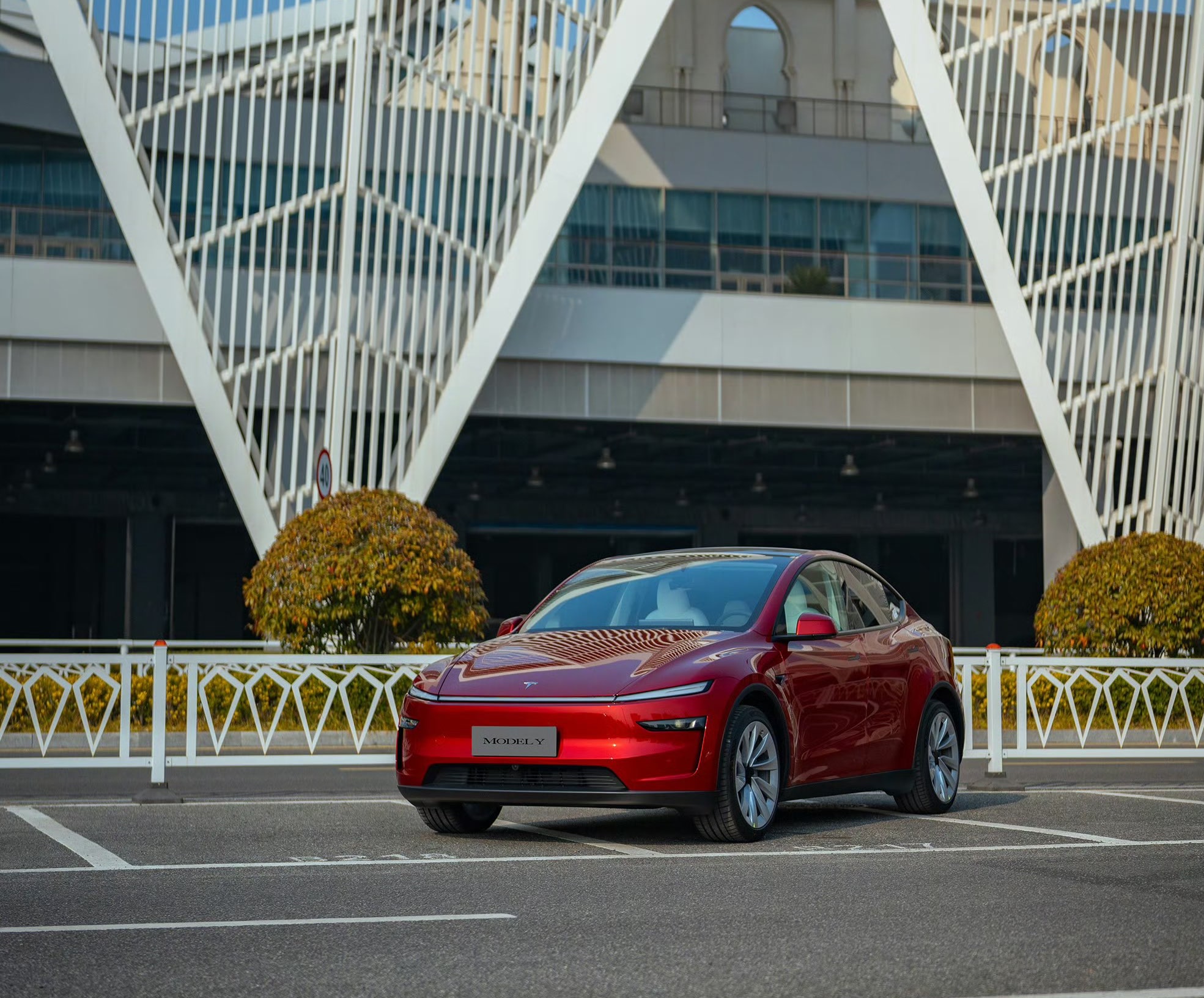
Tesla China saw a sharp rise in sales last month. After several weeks of throttled sales due to the new Model Y, Tesla China initiated a strong comeback in March.
Tesla China’s results in March were shared by the China Passenger Car Association (CPCA).
CPCA Data
As per the CPCA’s recent data, Tesla China sold 78,828 vehicles wholesale in March. This number includes vehicles that were sold domestically and exported abroad.
Considering that Tesla China only sold 30,688 vehicles wholesale in February, March’s results represent a 156.87% month-over-month increase. However, these numbers still represent an 11.49% year-over-year decrease compared to March 2024.
Q1 2025 Results
For the first quarter, Tesla China sold a total of 172,754 vehicles wholesale. This represents a 21.79% year-over-year decrease from the 220,876 units that were sold wholesale in the first quarter of 2024, as noted in a CNEV Post report. This decrease, however, is likely due to the rollout of the new Model Y, which required adjustments to Giga Shanghai.
The Model Y’s update adversely affected Tesla’s results this Q1 2025, but the company remains optimistic about the revamped all-electric crossover’s ramp. “While the changeover of Model Y lines across all four of our factories led to the loss of several weeks of production in Q1, the ramp of the New Model Y continues to go well,” Tesla wrote in its report.
New Model Y Momentum
The new Model Y has been seeing some strong momentum since the vehicle started its domestic deliveries in late February. In March, Tesla sold a total of 43,370 new Model Y in China. This was enough to make the new Tesla Model Y the country’s best-selling vehicle for the month.
-
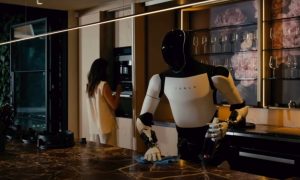
 News2 weeks ago
News2 weeks agoTesla aiming to produce first “legion” of Optimus robots this 2025
-
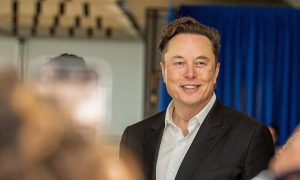
 Elon Musk1 week ago
Elon Musk1 week agoTesla CEO Elon Musk’s simple message to vandals
-
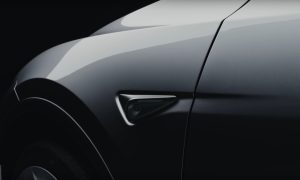
 Elon Musk2 weeks ago
Elon Musk2 weeks agoElon Musk confirms two measures Tesla is taking to fight vandalism
-
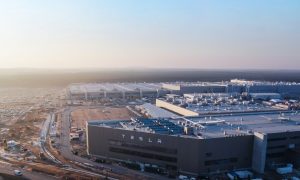
 News1 week ago
News1 week agoTesla’s Giga Berlin director responds to anti-Musk criticism
-
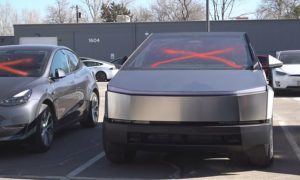
 Elon Musk2 weeks ago
Elon Musk2 weeks agoTesla owners doxxed by controversial anti-DOGE website in clear intimidation tactic
-

 Elon Musk2 weeks ago
Elon Musk2 weeks agoElon Musk to file lawsuit against former US Rep Jamaal Bowman: “I’ve had enough”
-
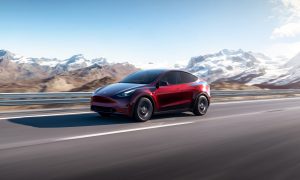
 News1 week ago
News1 week agoTesla Model Y inventory is going fast, selling out in many U.S. states
-
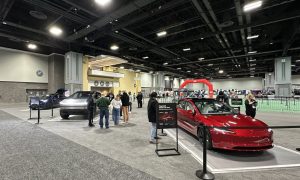
 Elon Musk2 weeks ago
Elon Musk2 weeks agoTesla kicked from popular auto show as event succumbs to protest pressure









